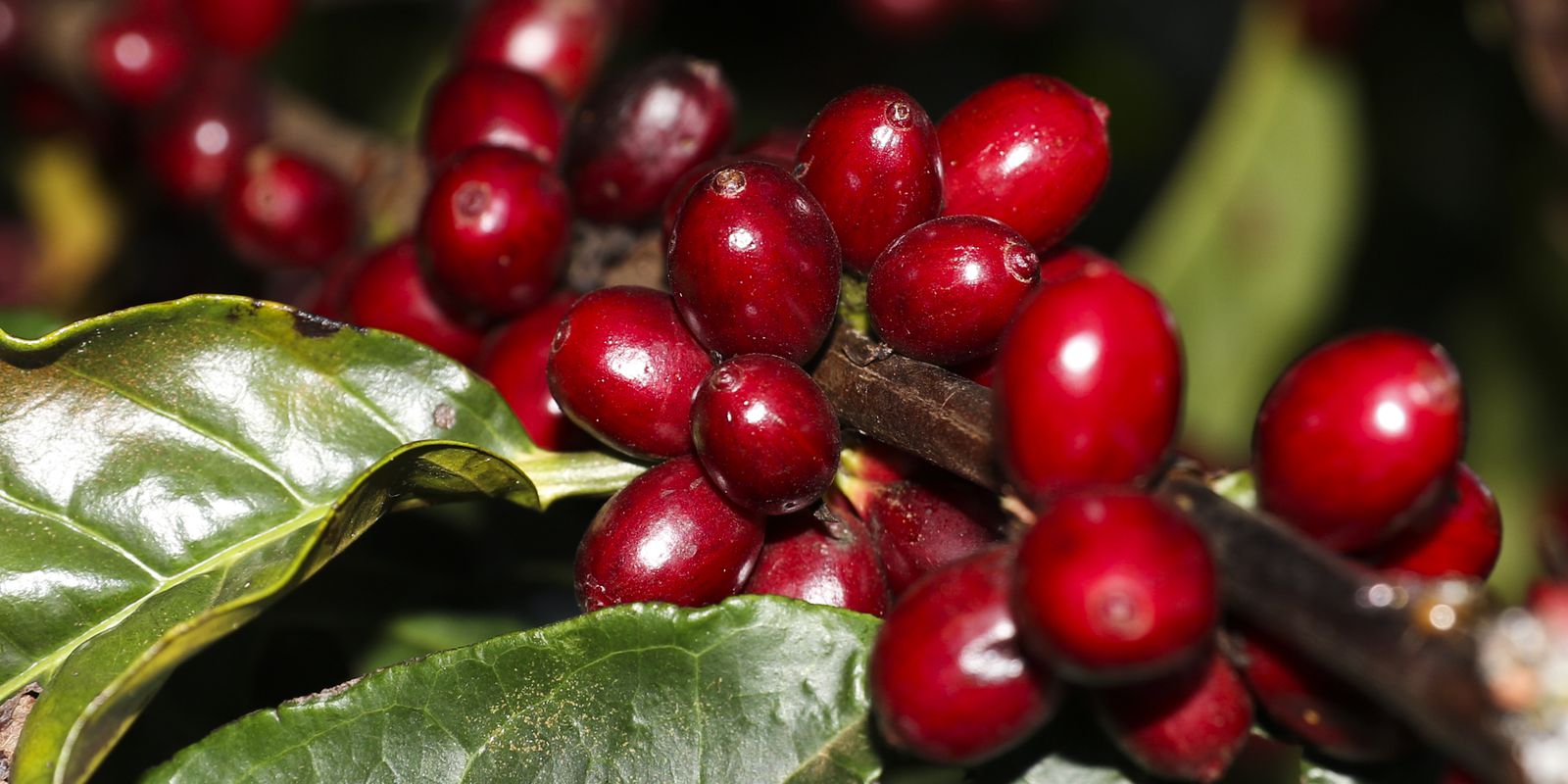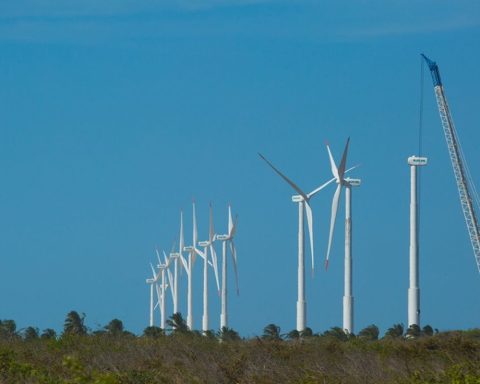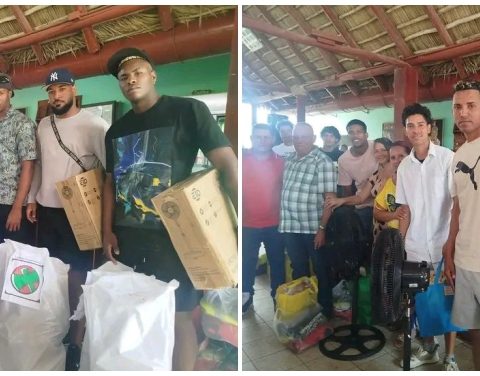The estimate by the National Supply Company (Conab) for coffee production is 53.4 million bags in this year’s harvest. The volume represents an increase of around 5.7 million bags in relation to the previous cycle.
If compared to the 2020 harvest, the last year of positive bienniality, the expected production for this year is 15.3% lower, which represents 9.65 million bags. The biennial cycle is a characteristic of the culture and consists of alternating a year with great flowering followed by another with less intense flowering.
“Recovery is limited, since the drought and frosts that occurred last year, mainly in Minas Gerais, Paraná and São Paulo, weakened the plants, influencing the productive performance of coffee plantations”, says the president of Conab, Guilherme Ribeiro, in a note.
arabica coffee
According to the company, Arabica coffee is the one that should be most influenced by adverse weather, as its concentration occurs in regions most impacted by low temperatures and water scarcity. But the expectation is still for a recovery in production compared to the past harvest, reaching 35.7 million bags of the processed product. “However, a greater productive potential was expected, as it is a positive biennial cycle. If compared to the 2020 harvest, the signal is a decrease of 23.6% in the total estimated volume”, adds Conab.
According to the company, for average productivity, the last positive biennial year reached around 32.21 bags per hectare for the same Arabica coffee. In the current harvest, the estimate is an average yield of 24.6 bags per hectare. Minas Gerais remains the largest coffee producer in Brazil with 24.7 million bags produced, of which 24.4 are Arabica.
Conilon coffee
In opposition to Arabica, conilon coffee production should reach a new record, with a harvest of 17.7 million processed bags – an increase of 8.7% in relation to the previous harvest, driven by the increase in productivity that has been recurring every year.
In Espírito Santo, the main conilon producing state, production tends to exceed 12 million bags. “There was no record of climatic extremes in the state of Espírito Santo. On the contrary, the volume of rainfall and temperatures were favorable for the crop. The same scenario was verified in Bahia. In Rondônia, in addition to the good weather conditions, producers continue to invest in improvements in technological packages. The states of Mato Grosso and Amazonas, on the other hand, have great potential to increase productivity and, consequently, production”, emphasizes the director of Agricultural Information and Agricultural Policies at Conab, Sergio De Zen, in a note.
Area
According to the Conab survey, the area destined for coffee is estimated at 2.2 million hectares, an increase of 1.9% compared to 2021. The increase is expected both for the space destined for the plants in formation and for those in production. For the area in formation, which includes new plantations and skeletonized or re-treated areas, Conab estimates around 401.2 thousand hectares, while crops in production should extend over 1.84 million hectares, an increase of 2.5% and 1.8% respectively.
External market
In the first four months of this year, Brazil exported 14.1 million 60-kilogram bags of coffee. The volume is 10.8% lower than that exported in the same period last year, a result influenced by the drop in coffee production in 2021 and the reduction of internal stocks in the first months of 2022.
“Currently, the restricted supply of the product continues to influence prices. On the other hand, downward pressure on consumption increases uncertainties and the current trend is towards high volatility. However, the limited recovery of Brazilian production prevents more significant drops in coffee prices and sustains the values practiced in the market at high levels”, ponders the superintendent of Market Studies and Supply Management at Conab, Allan Silveira.

















